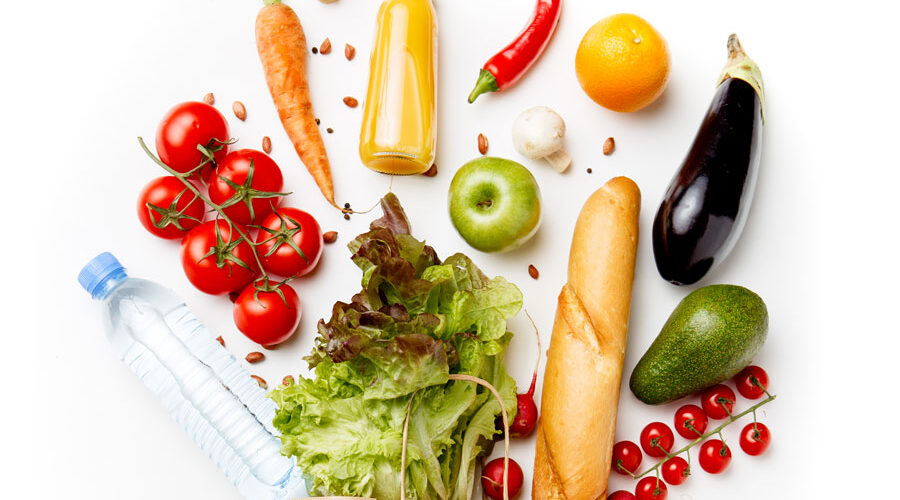While few of us would throw our hard-earned money away, many households are doing just that by wasting food.
According to the United States Department of Agriculture, approximately 30 percent of America’s food supply goes to waste. The average person throws away nearly $370 every year in unused food, and a family of four tosses out almost $1,500 worth of food annually. Beyond the financial impact, food waste also has environmental consequences: Unused food clogs landfills, and decomposing food and the production of food that goes unused produces unnecessary greenhouse gas emissions.
Understanding Food Date Labels
Contrary to popular belief, the dates you see printed on most foods are not indicators of spoilage. Some of the most common date labels are:
- Best if used by/before: The product is at its best if used before this date. This does not indicate safety for consumption.
- Sell by: The product must be sold before this date for inventory purposes in the store. This does not indicate safety for consumption.
- Use by: This is the last day a product is at its best quality. Apart from infant formula, this does not indicate safety for consumption.
- Freeze by: This is the date by which a food should be put into your freezer to maintain its best quality.
If the food date labels don’t indicate safety for consumption, how do you know if I can eat it? Use your senses. If food appears moldy, has a foul odor, or has developed an unusual texture, throw it out or compost it.
Changes to Make to Avoid Food Waste at Home
- Be intentional. Always have a plan for leftovers and encourage all family members, including children, to only put the amount of food on their plate that they need to become full.
- Keep food organized. Make sure your pantry and refrigerator are clean and organized to help reduce waste and make your food usage more efficient. Getting kids to help with this can build their sense of responsibility for food usage and making good food decisions.
- Take advantage of composting. For biodegradable food items that can’t be consumed, composting is a good way to reduce landfill waste and create healthy fertilizer for home gardens and flower beds. This is also a fun way to teach children about biodiversity and nature.
Tips to Avoid Food Waste In Your Community
- Teach food mindfulness at school. The public-private organization Action for Healthy Kids provides information and resources for students and schools to help reduce the amount of food wasted by school lunchrooms and individual students.
- Donate to others. If you have more food than you will use, give it away. Community food banks and other nonprofit organizations will take nonperishable foods and get them to families in your community who are in need.
Food Resources Near You
There are many organizations in Northern Nevada that help those in the area who are food insecure and work with the community to reduce food waste.
- FISH, the Ron Wood Family Resource Center, and the Carson Valley Community Food Closet accept food donations and work to get these items to the individuals and families who need them most.
- The Northern Nevada Dream Center has two food trucks that bring food from its food pantry directly to families in need by visiting four neighborhoods each month.
- For older residents, the Carson City Senior Center serves healthy and low-cost meals at lunch each day.
- NV Food for Thought in Carson City works to ensure that children have the food they need and raises awareness of hunger in the community. Each Friday, students in need at several Carson City elementary schools are sent home with a backpack of healthy food to help bridge the gap between school meals for food-insecure children referred by school officials.
Learn more about community food resources in your area.







